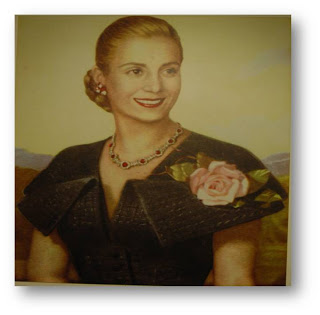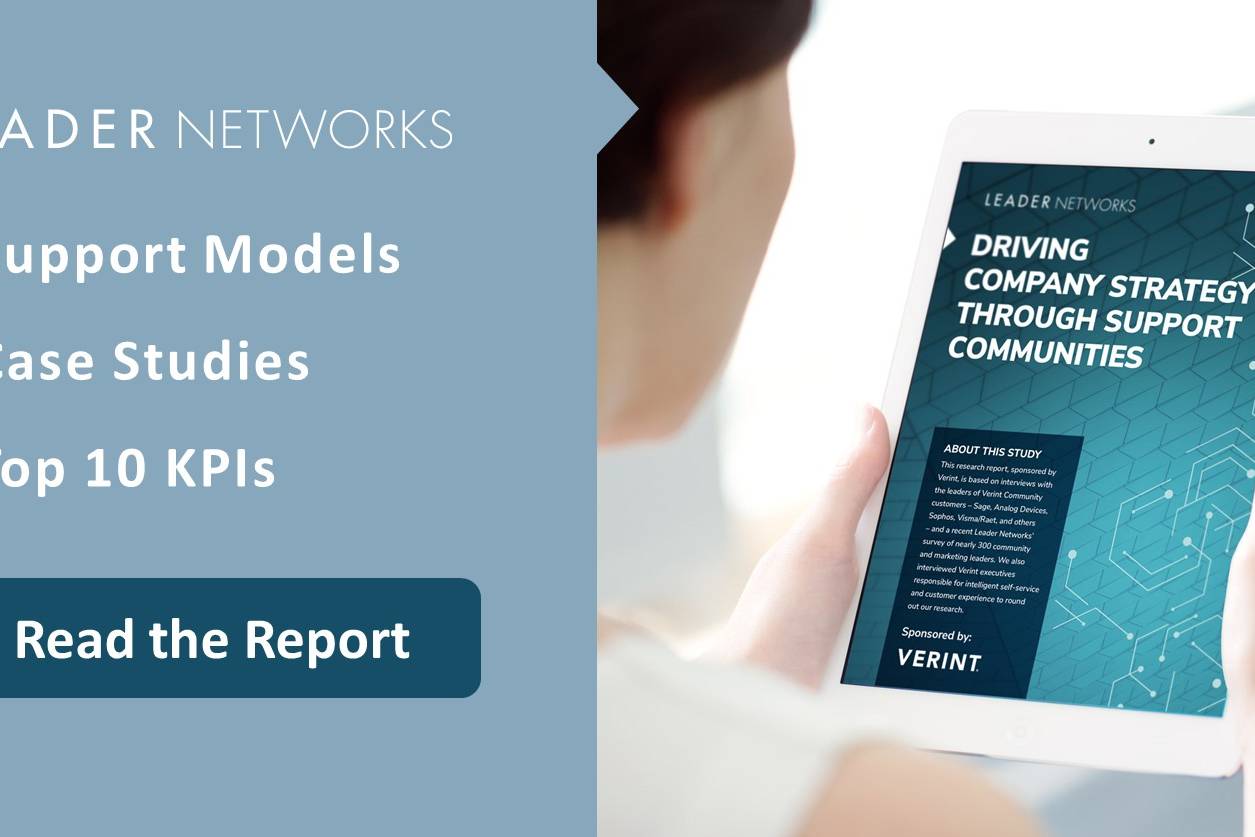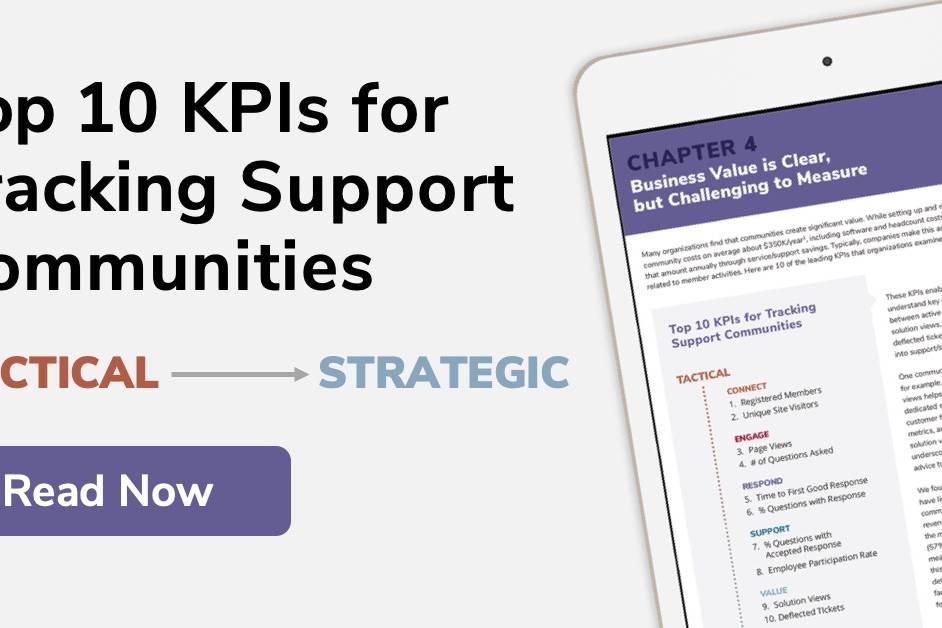As I sit at my desk thinking about a new blog post topic, I struggle to write. Not because of a lack of topics, but because this is my first day back from a glorious vacation. We all know that post-vacation tension between enjoying the past and needing to return to the business at hand. But in this case, I am delighted to realize that my trip to Buenos Aires makes for excellent fodder for a community-related discussion.

My fascination with Argentina’s obsession with Eva Perón, First Lady of Argentina (1946-1952) started shortly after I landed in the airport where her image was distinctly present. I was only vaguely aware of her and my data was largely fueled by the Madonna musical, a South American history scholar I was not. So, I endeavored to learn more about this women of great interest and learned Perón came from humble means, became a radio actor, and eventually the second wife of President Juan Perón. She is credited with being the voice of the people, the inspiration behind the Argentinean’s women’s movement, and developed countless programs to aid low-middle class people. She died very young, more than 50 years ago.
However, despite the lengthy time passage since her death, there are patronages to her honor all throughout the city (and I mean all throughout the city – as in everywhere!). From museums dedicated to her life, to her face being illuminated on the Ministry of Work high-rise building (this installation happened in 2011), to flags of her on street corners and apartment balconies.
Why does she retain the ability to captivate a nation, controversial as she was? What did she do for Argentina that prevents her from fading in the way so many icons eventually do? Wandering around her museum, I pondered the artifacts to glean a better understand of her.
What I discovered was that Eva Perón was a community builder, extraordinaire. Her undeniably amazing contribution was her power to convene. She brought together a country of disenfranchised people, enabled them to unify around their collective needs. She gave voice to groups and helped them represent themselves. She learned about her people and tried to reach them all: orphans, elderly, women, victims of foreign war. Through her, the country was stronger, more resilient. And, she listened to her community – a lot. She walked among them and ensured when a program was developed that it was meaningful to those it intended to serve. She ensured that her service of community was evergreen.
When you look at her offerings the essence of her activities will sound very familiar to many community builders. After all, Isn’t using the power to convene really what community building is about – online or offline?
When I think back to some of the online communities I have been involved with, the memorable moments happen when the community was able to create/support a federated, representative voice of a group…To be bigger than an individual member could be alone. In some cases, like with Cambridge Information Network (CIN) groups of CIOs came together online to grapple with big ideas like what does the invention of the World Wide Web really mean (yes, this was the 1990’s)? In other cases, like with the WEGOHealth online community, health care advocates are supported in their quest to share their stories and help inform healthcare about their needs. And, sometimes, even in B2B communities, it gets personal. For example, there was a time when Computerworld’s CIO community ComputerWorld Executive Suite rallied together online to organize technical assistance to NYC companies during the aftermath of 9/11. These are all examples big and small, where, with the help of a community builder, groups were supported and great things resulted.
So, if you aspire to be Evita of your online community, there are a few lessons learned from her powerful and beloved tenure:
- Show a human face to your community – personality, passion and insight go a long way with a community.
- Bring people together in groups and help them connect with each other in meaningful ways. Profession, title, interest, geography are all good fodder for micro-group formation provided they share a common need to connect.
- Listen to your community and understand their needs and point(s) of pain. (Not just what you think their problems or needs may be.)
- Validate your assumption about your community with rigor and persistence. This will help ensure any changes or new community offerings will be well received.
- Understand that one size does not fit all! Endeavor to serve all community members in the ways that they can benefit and customize offering to different types of members.
- Never lose sight of the community members you endeavor to serve. As Evita once said “I am only a sparrow amongst a great flock of sparrows.”
Warning: Attempt to read property "base" on array in /home3/trusten9/public_html/leadernetworks/wp-content/plugins/wp-user-profile-avatar/shortcodes/wp-user-profile-avatar-shortcodes.php on line 665
Warning: Attempt to read property "base" on array in /home3/trusten9/public_html/leadernetworks/wp-content/plugins/wp-user-profile-avatar/shortcodes/wp-user-profile-avatar-shortcodes.php on line 665
Warning: Attempt to read property "base" on array in /home3/trusten9/public_html/leadernetworks/wp-content/plugins/wp-user-profile-avatar/shortcodes/wp-user-profile-avatar-shortcodes.php on line 665
Warning: Attempt to read property "base" on array in /home3/trusten9/public_html/leadernetworks/wp-content/plugins/wp-user-profile-avatar/shortcodes/wp-user-profile-avatar-shortcodes.php on line 665


